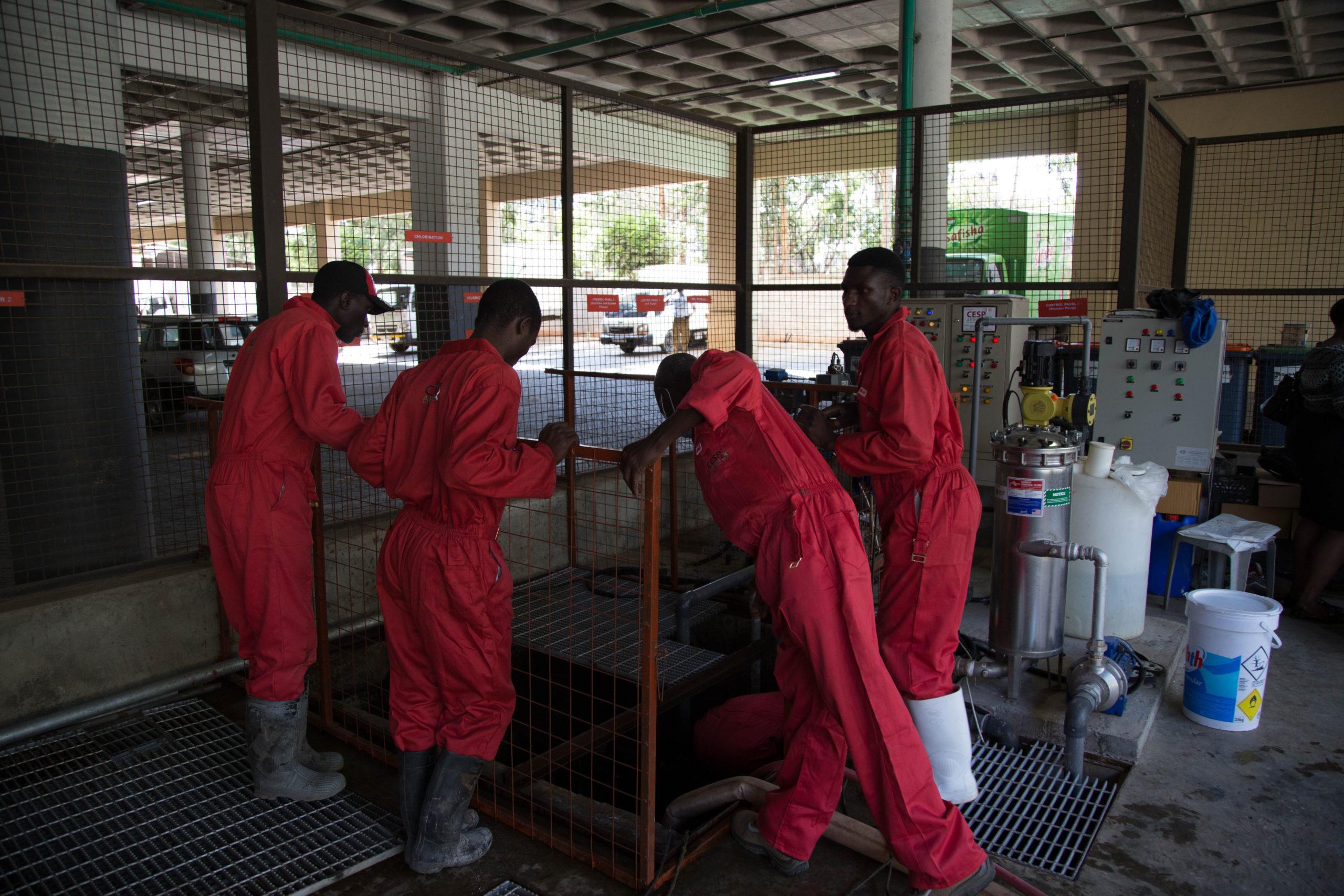The biological method of waste water treatment relies on carefully maintained bacterial ecosystem to break down all the waste contained in the black and brown water. Leaving clean effluent as an end product. It is among the most common methods of waste water treatment.
This method actually mimics what would naturally happen in nature but at a much higher rate.
Stabilisation.
The first stage of the process is stabilisation. The waste water is passed through a filter to remove any large solids that may be suspended. It is then placed in a temporary storage tank. The flow of waste water is regulated from this tank allowing the control of the overall treatment process.
Anoxic chamber.
In the second stage, treatment of the waste water starts. Bacteria at this stage consumes the nitrogen content. Releasing ammonia and nitrate.
This bacteria at this stage doesn’t use oxygen, hence the name.
Aerobic stage.
In this chamber the bulk of the bio digestion happens. In this chamber the bacteria is attached to bristle like structures that are hung within the chamber. The structures purpose is to increase the surface area for the bacteria to act on the waste.
Depending on the size and needs of the treatment plant, there may be blowers used at this stage. The blowers mix oxygen into the system ensuring the bacteria has adequate oxygen to digest all the waste in the system.
Sedimentation.
This stage is a physical process of separating the sludge from the treated effluent. The liquid component is kept in a compartment where the sludge sinks to the bottom. The liquid effluent fills the compartment and flows into the next stage.
Pretreatment
At this stage the chlorine is added to the effluent to treat the liquid.




